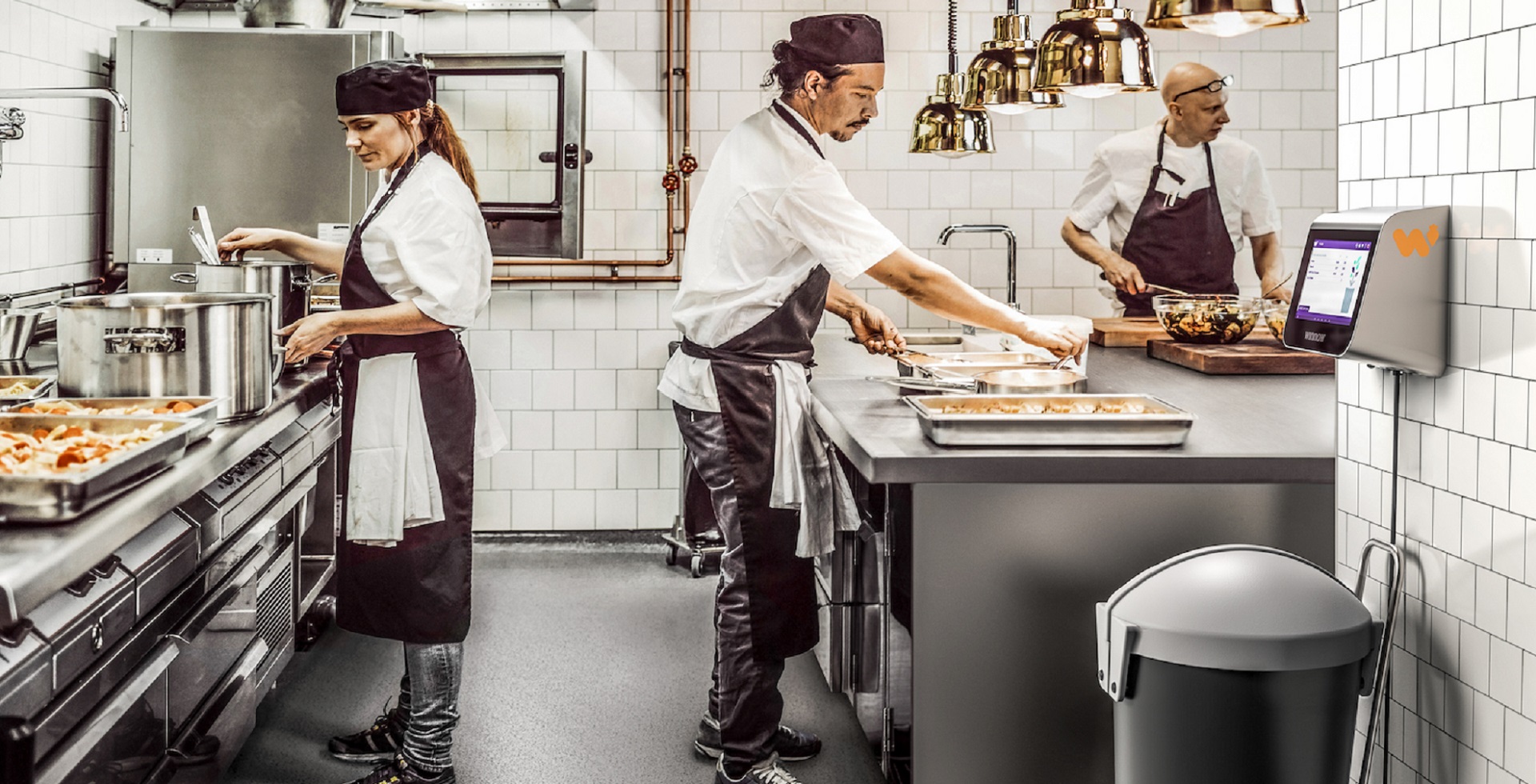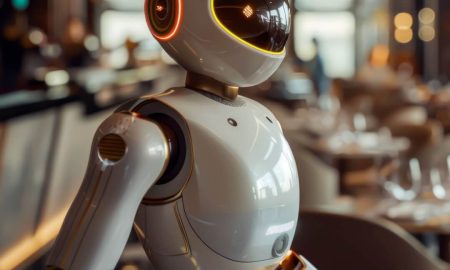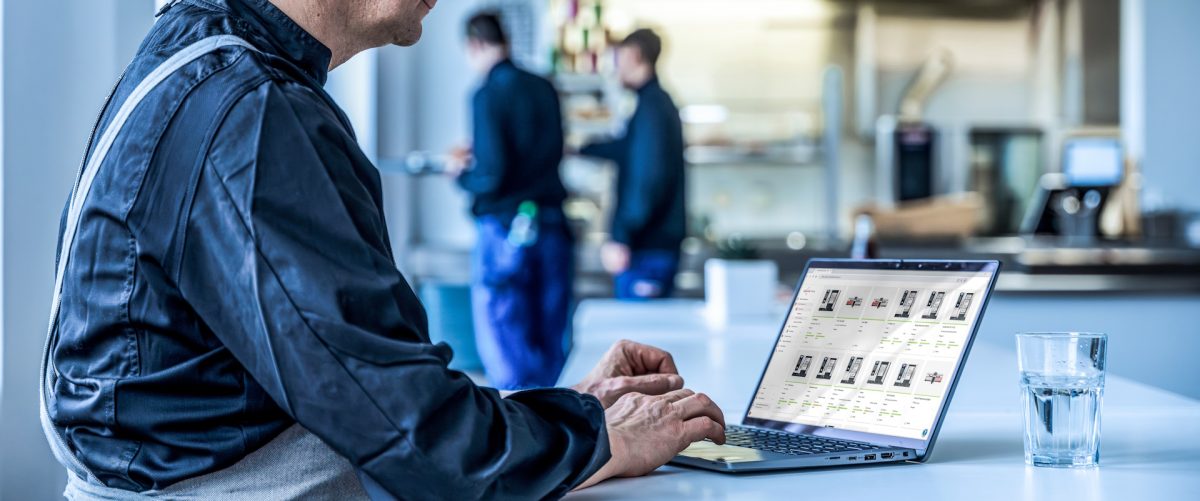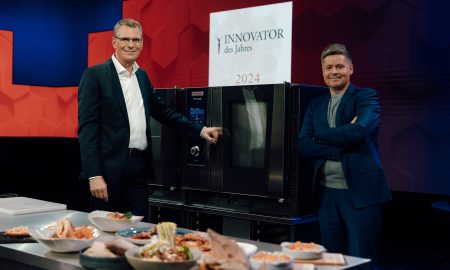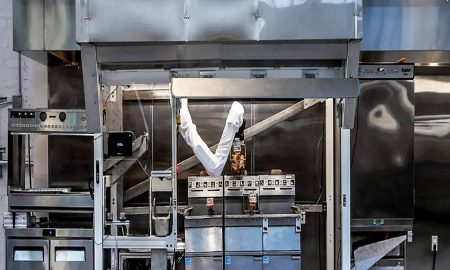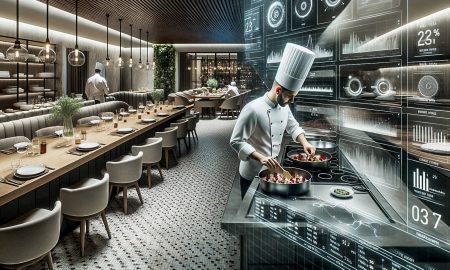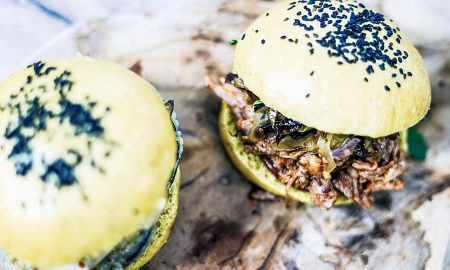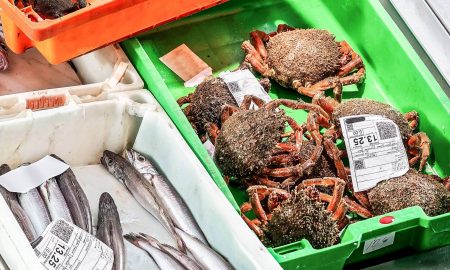Some prophesy the apocalypse. Others predict paradise on earth. In reality, if you take a closer look at the rapid rise of AI, you will quickly notice: It is capable of either. When it comes to food waste, it certainly has the power to work wonders. Miracles that the world desperately needs. Because around two billion tons of food are thrown away every year worldwide.
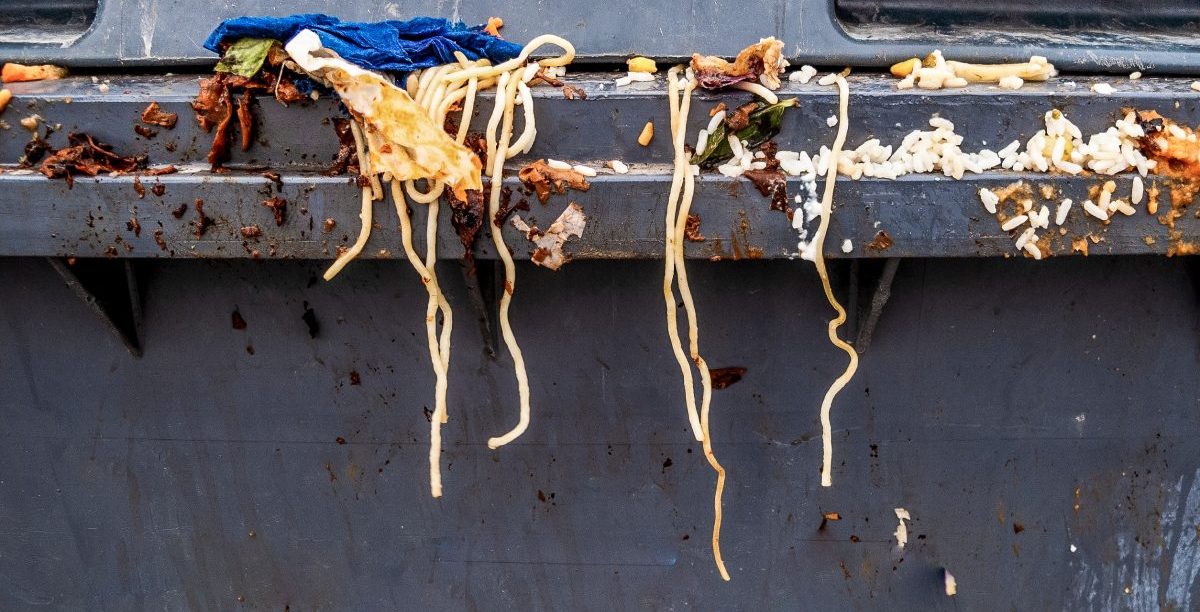
Image: AdobeStock | Andrea
According to some studies, up to 40 % of this is estimated to be attributable to the gastronomy industry. According to the British NGO Waste and Resources Action Program (WRAP), around 20 % of a restaurant’s food waste ends up in the trash because it has already spoiled before use. 45 % is related to the preparation process and around 35 % are leftovers of the food served.
The exact figures vary. But, studies show that food waste accounts for between eight and ten percent of global CO2 emissions per year. The international buzzword food waste is therefore a problem not only from an ethical point of view, but also from a climate policy perspective. Of course, many star chefs have quite rightly focused on the fight against food waste in recent years.
Massimo Bottura and his Food for Soul project are probably the most prominent examples of this. With his cultural project, he is trying to encourage people to avoid food waste in the interest of social cohesion and individual well-being. But a handful of dedicated star chefs won’t be enough in the short or long term. This is precisely why the capabilities of AI are so promising when it comes to food waste in the gastronomy industry. In contrast to star chefs, AI can tackle this problem structurally rather than idealistically. All around the world at the same time. And all this without much human input.
Sieh dir diesen Beitrag auf Instagram an
Intelligent waste bins to combat food waste in the gastronomy industry
There is actually just one reason why food is wasted in the gastronomy industry – a lack of data. Too many kitchens are still unable to answer the following questions: Which three products were over-ordered in the last month? Which weren’t ordered in sufficient quantities? How much food in total ended up in the trash? Which dish is eaten the least often? Which part of this dish is most often thrown away?
This is where the most superpower of artificial intelligence comes into play. It can measure and break down all of this information – and thus create the basis for reducing food waste in the catering industry. But how exactly?
Let’s take Winnow as an example. Founded in London in 2013, the company is currently considered the world’s leading AI tool for food waste solutions. Kitchens in over 40 countries rely on this rather revolutionary artificial intelligence – from Ikea to the Costa Cruises ships and large hotel chains such as Emaar, Accor or Hilton. Why? Winnow turns waste bins into intelligent data collectors. This is achieved by mounting a camera above the waste bin, which can do amazing things. It recognizes the type of food that has just been disposed of. It calculates its value based on the consumption of goods. And, it breaks down how many portions of a specific product ended up in the waste during a whole day, the costs – and the CO2 emissions levels.
All of this is not only shown in real time on a screen directly above the waste bin, but also in the cloud as statistics. Weekly, monthly, annually – however you like. The fascinating thing about this is the impact of knowing how much food is thrown away in the kitchens alone. Kitchen directors, chefs and F&B managers therefore see in no time what needs to be ordered and prepared less at what time. And thus achieve results that give reason to hope: In 2022, Ikea alone reduced food waste by 50 % and the Emaar Hospitality Group by 72 %.
AI can do even more to combat food waste in the gastronomy industry in the future
As revolutionary as a tool like Winnow may be, the potential of AI for combating food waste is far from exhausted. Why? Again, the answer is: Because there is still insufficient data. Because the information from the waste bin alone is not enough to solve the problem in all its complexity. Data on the utilization of the seats or on the minimum shelf life data of each product is required, for example.
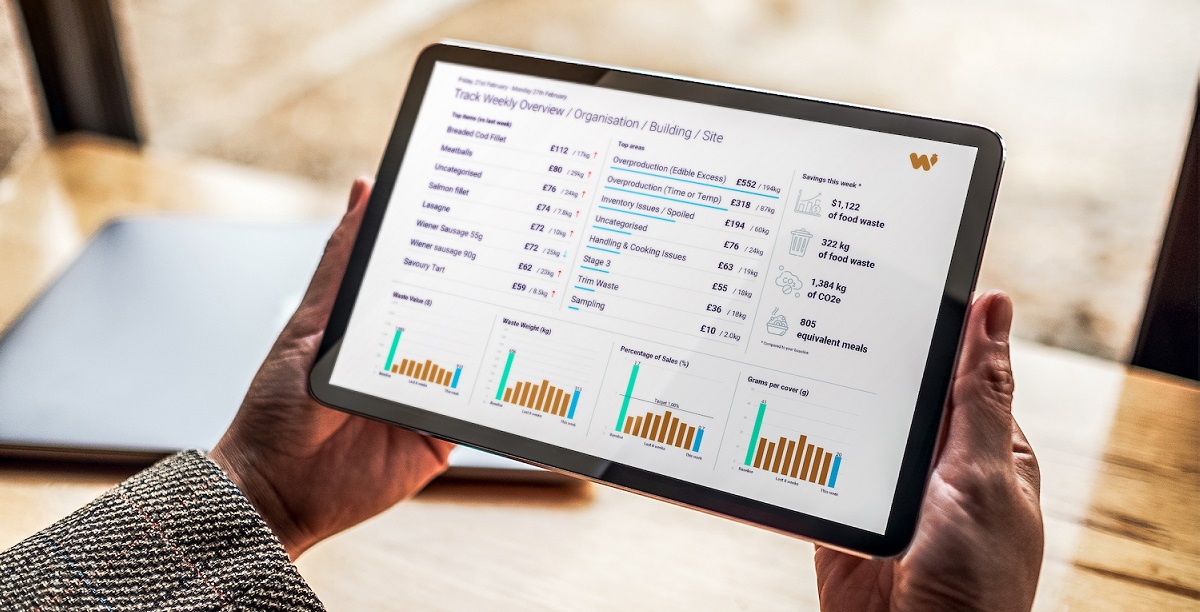
Image: Winnow
Of course, solutions are already available, with AI tools that deliver and break down this type of data. But all too often, they still do this alongside each other, i.e. without being networked. Algorithms for the utilization situation of a company could be invaluable for determining the order quantity of certain products – especially those that are only available for a short period of time in a season. And that’s just the beginning.
AI Clouds to combat food waste in the gastronomy industry
In the future, restaurants could be directly connected to their suppliers and farms via an AI cloud in order to coordinate the current supply-demand ratio even more precisely – for ordering precise quantities that are even higher quality and fresher. This may all seem like a distant dream at the moment. But, the progress made over the past ten years shows: We can – we have to! – think big when it comes to challenges of this scale.
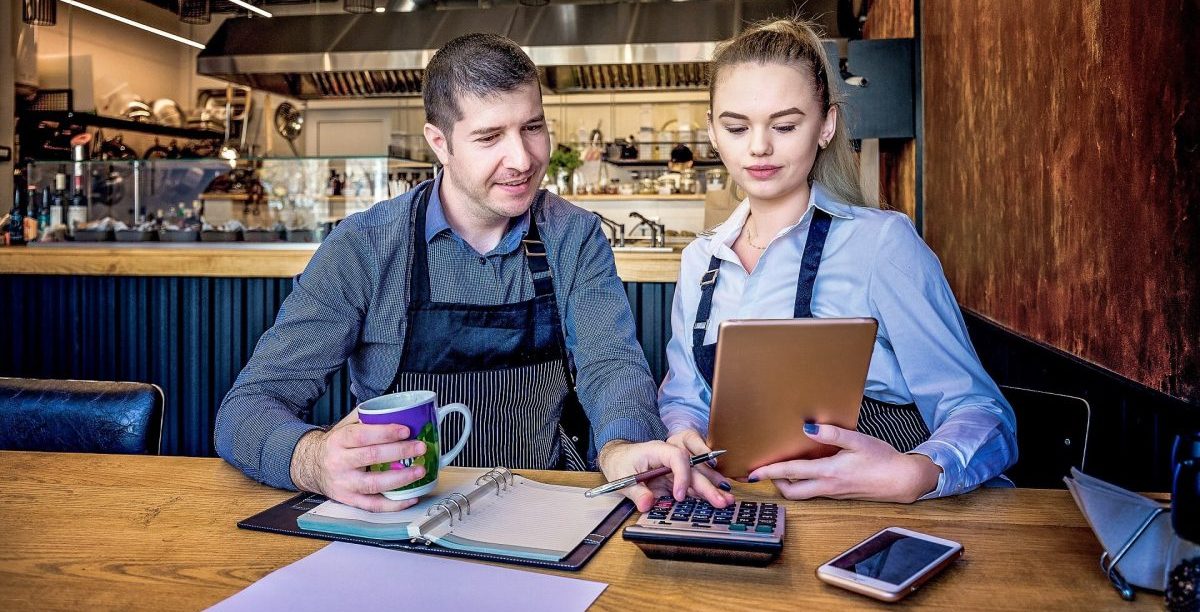
Image: Adobe Stock | dpVUE .images
One thing’s for sure: Most restaurants won’t be able to eliminate food waste completely. After all, not every commercial kitchen can make chips from potato skins or create a sphere from pineapple leaves. Even if food waste could be reduced to a virtually Utopian minimum in the coming decades, there will still be food waste in the gastronomy industry. The good news is, in times of an increasingly climate-neutral circular economy, AI will probably soon be able to provide solutions to these challenges too. But that’s another story – which you’ll probably also read about here with KTCHNrebel.


